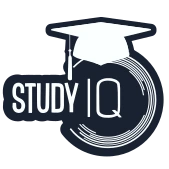Saint Valentine’s Day, held annually on February 14th, pays homage to Saint Valentine, a Roman priest renowned for conducting clandestine marriages. It has transitioned into a worldwide celebration of love and affection, characterized by romantic gestures, heartfelt gifts, and expressions of fondness among partners, friends, and family. This day serves as a poignant reminder of the enduring power of love to unite and enrich the bonds between individuals across the globe.
Saint Valentine’s Day 2024 – Date
Saint Valentine’s Day 2024 falls on February 14th, marking a cherished occasion for celebrating love and companionship worldwide. Couples anticipate exchanging tokens of affection, while friends and family share heartfelt sentiments. It’s a day filled with romantic gestures, thoughtful gestures, and expressions of appreciation. Across the globe, people come together to honor the enduring spirit of love on this special day.
Saint Valentine’s Day 2024 – History
The history of Saint Valentine’s Day is rich with legends and traditions. It is believed that the festival originated from the Roman celebration of Lupercalia, where women were paired with men through a lottery. Pope Gelasius I replaced this festival with St. Valentine’s Day, which became associated with romance from the 14th century.
Another tale recounts that St. Valentine met his demise on February 14th as retribution for conducting clandestine weddings, a defiance against the decree of Roman Emperor Claudius II who prohibited marriages to prevent men from going to war. This act of rebellion led to St. Valentine’s execution, cementing his legacy as a symbol of love’s resilience and sacrifice.
In Roman mythology, Cupid, the embodiment of love, is born to Venus, the goddess of love and beauty. Cupid’s bow and arrow symbolize piercing hearts, igniting love’s enchantment. Revered as a prominent emblem of Valentine’s Day, the festival embodies the celebration of romantic affection. It encapsulates the essence of love, embracing the joyous sentiment shared among individuals in amorous relationships.
Significance of Saint Valentine’s Day
Saint Valentine’s Day holds significant cultural and romantic importance worldwide. It commemorates love, affection, and companionship, fostering connections between partners, friends, and family members. The day symbolizes appreciation and devotion, encouraging expressions of affection through gestures, gifts, and heartfelt sentiments. Its historical roots, coupled with modern celebrations, make it a cherished occasion for people to celebrate and reaffirm their bonds of love and friendship.

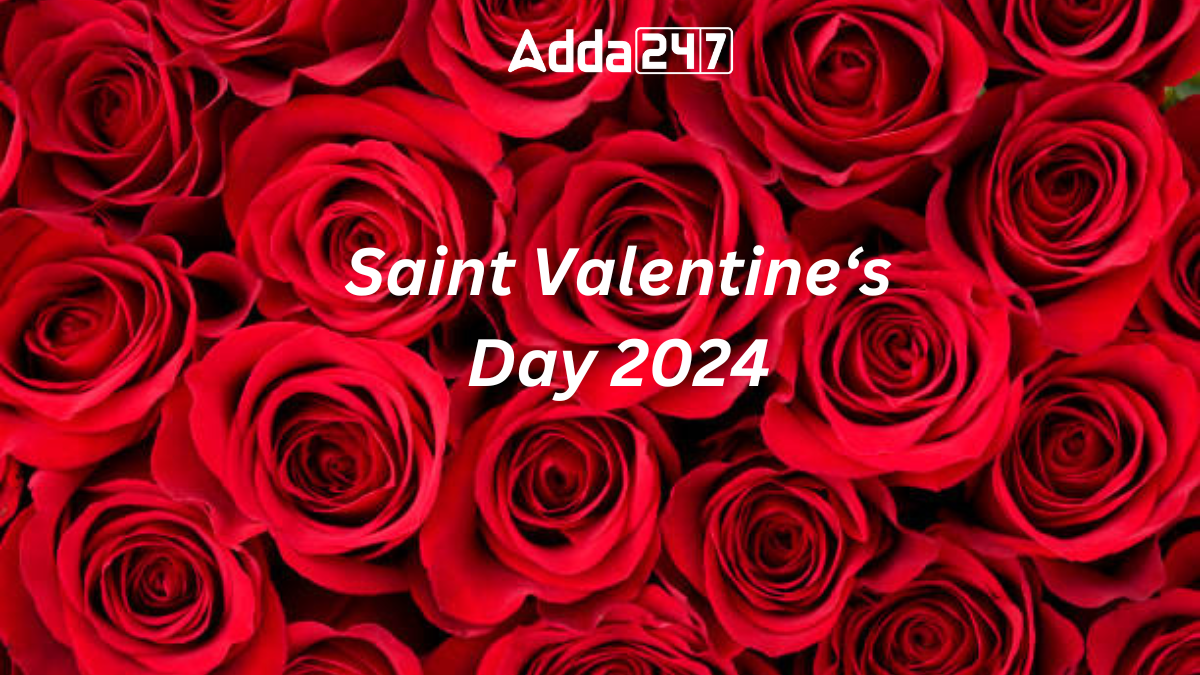
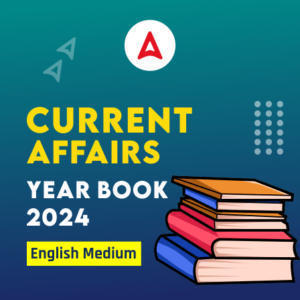

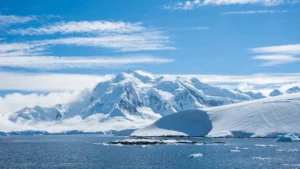 Which is the Coldest Place on the Earth?...
Which is the Coldest Place on the Earth?...
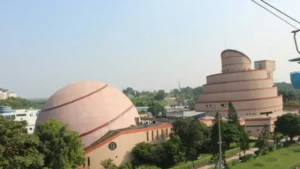 Which City is Known as the Science City ...
Which City is Known as the Science City ...
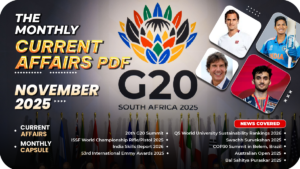 November 2025 Month Current Affairs PDF
November 2025 Month Current Affairs PDF






